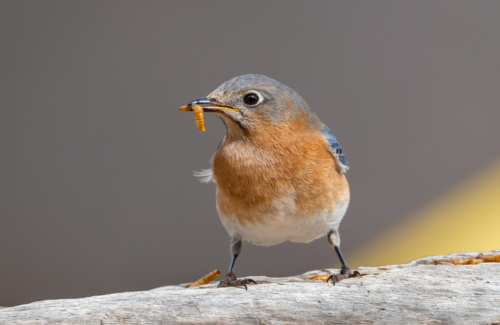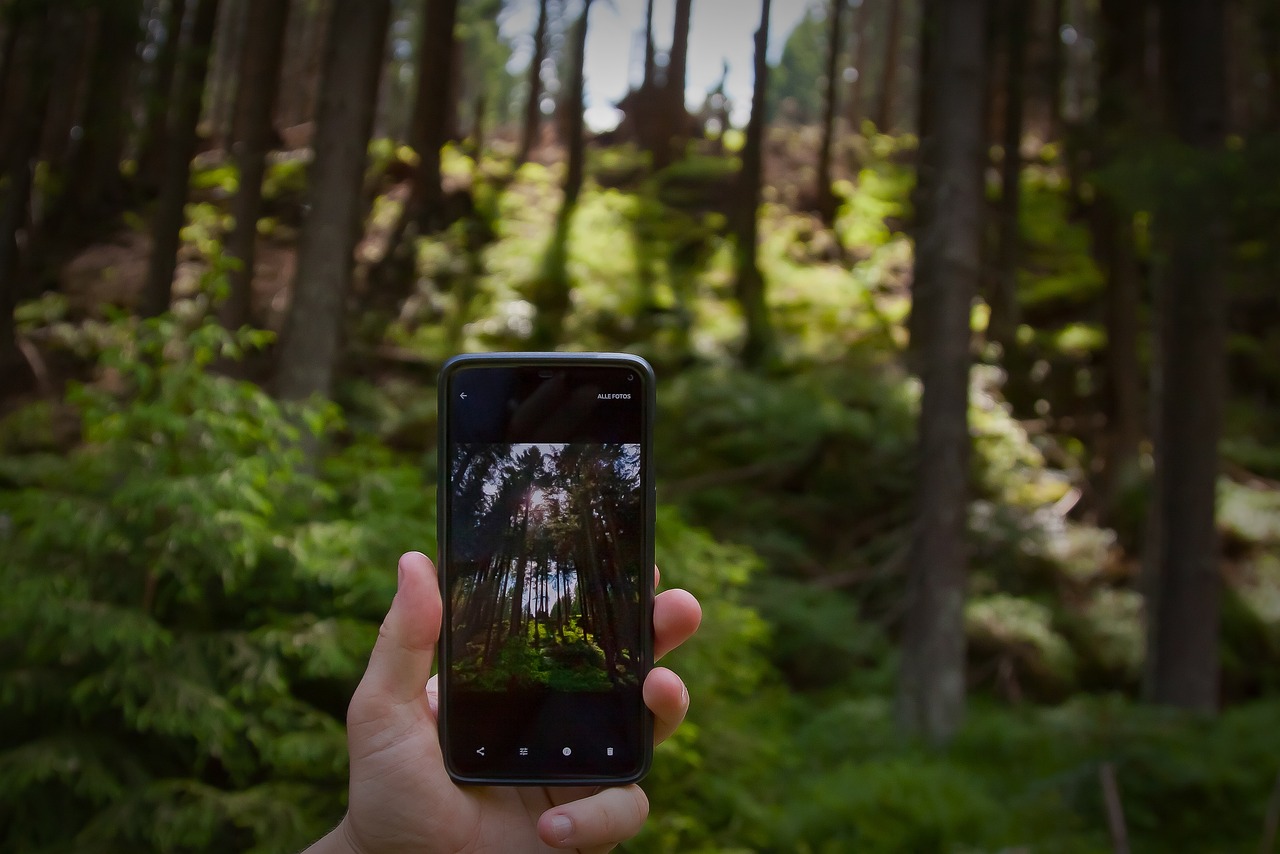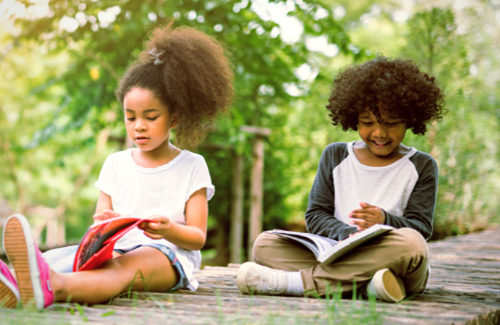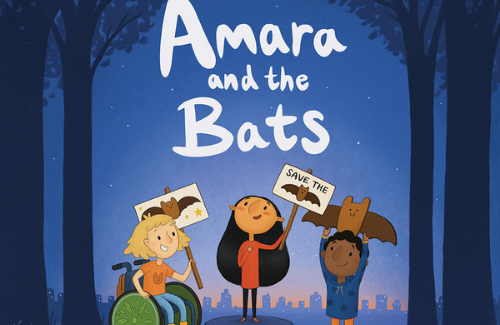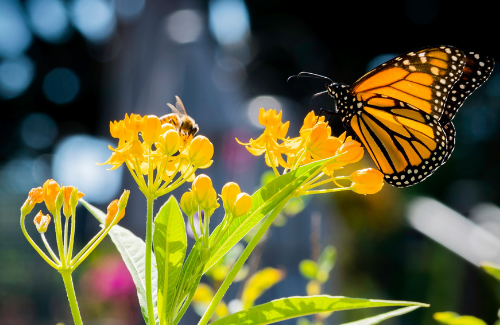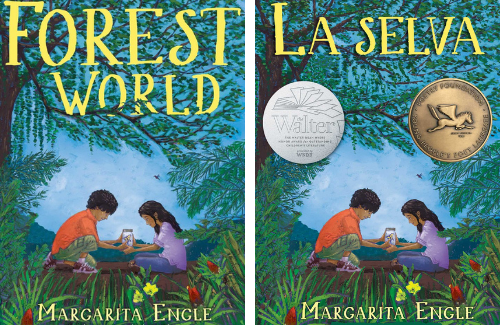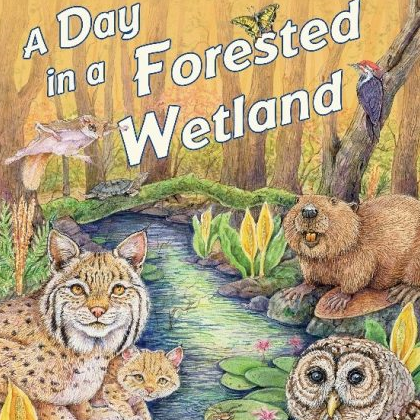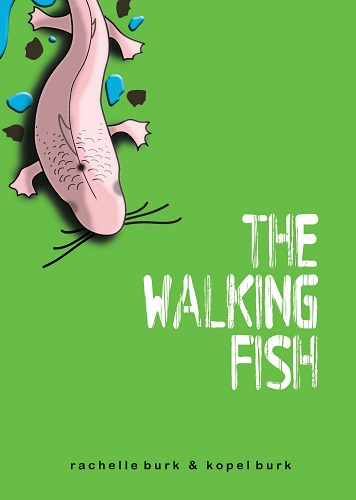What makes a home? Explore these resources (perfect for World Migratory Bird Day on May 13) by guest author Naamal De Silva of the American Bird Conservancy, and reflect on our relationships with birds, nature, and the idea of “home”.
One of the best ways to ensure future generations can enjoy our planet’s rich biodiversity is to raise awareness about the importance of conserving our natural world. World Wildlife Day aims to make that happen with an annual day of observance and call for wildlife conservation and education.
As the days stay sunny for longer, summer can be the perfect time for kids and adults to relax under their favorite tree and catch up on their reading lists. Explore some of our favorite all-ages books about forests and trees to connect with the natural world!
Halloween is a great time to think about bats and their vital role in our ecosystems. Follow Amara on her mission to bring bats to her local park and help people appreciate their importance. Use this children’s book to learn the truth about bats, and to share facts about these amazing–yet often misunderstood–creatures.
We’ve assembled a few ways you and your students can increase biodiversity in the green spaces near your school and homes. Try experimenting with any number of these activities and start observing changes in your environment in as little as a few weeks!
Told entirely in verse, Forest World embraces a hybrid form of storytelling. Use this novel with students to explore poetry, increase their understanding of forest biodiversity, learn how to make your own paper, and much more!
Introduce biodiversity to young readers through this nonfiction picture book that explores a typical day for animals that call a soggy forest home.
Use this book with grades 6-8 to emphasize several Science and Engineering Practices outlined in the Next Generation Science Standards.
